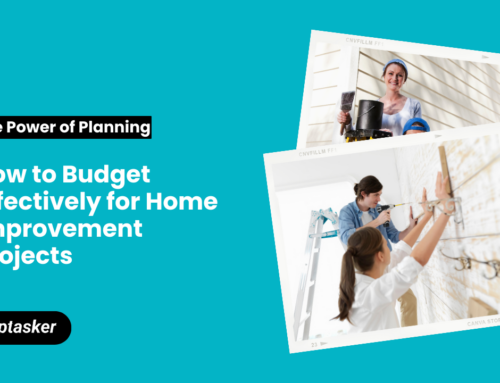We have a whole team that focuses on installing indoor lights to help you reach your home design goals. In the lighting plan, make sure to keep track of where electrical outlets are so that you can plug in lights.
Lighting Installations Inside
“To prevent over-lighting an open plan, think in layers: atmospheric, task, and accent lighting,” says the American Lighting Association. The very first layer, atmospheric lighting, is what gives the space its general lighting. Fixtures that are recessed, linear, flush mounts, or similar are good choices here. They give off a soft light and help people move from one room to the next.
Next, choose the lighting for tasks. In the kitchen, choose fixtures that shine light on worktops, islands, cooking surfaces, or other work areas. Under Cabinet video and puck lighting, track lighting, pendant lighting, and sometimes even recessed lighting are all good choices because they give off just the right amount of light to do tasks safely and efficiently.
Use pendants and chandeliers in the dining room to provide light for eating, doing homework, and other tasks that happen at the table. Large pendants for chandeliers can be used to draw attention to the kitchen island or dining table and give those spaces height. Choose fixtures that make a statement for the living room to define the space, make it feel more intimate, and add drama.
Lastly, add a layer of accent lighting, such as wall sconces in the dining room and table and floor lamps in the living room, to give comfort and a soft atmosphere.
You can install a variety of lighting fixtures in your house or place of business, including:
- Ambient lighting in a media room
- Recessed lighting is lighting that is put in your ceiling in hollow spaces.
- Lighting for Art: Use focal point lighting to draw attention to your works of art.
- Homes with high ceilings often have pendant lights hanging from the ceiling. Typically found in kitchens and stairwells
Why Should You Use LED Lighting?
Lighting is a big part of how your house looks and how it works. Because of this, the best interior designers are now leaning more and more toward using LED lighting. LED lighting became the most popular choice for home lighting because it saves so much energy. LED bulbs also mimic natural light better than any other type of bulb on the market. This makes them easier on the eyes and more appealing.
LED lighting is also extremely versatile. It can be put in strips in shelves with cutouts, along the ground, and behind TVs. You can use strip LED lighting to make your dream secure and make it look better. Some of the more expensive LED strip lighting could even change colors on demand so you can get the look you want. LED lighting is so flexible that you can use it to get any look you want.
LED lighting uses less energy, which saves you money over time. They don’t make any heat, which shows how efficient they really are. Also, they last a lot longer than regular bulbs, which means you won’t have to buy as many replacements, which will save you money.







